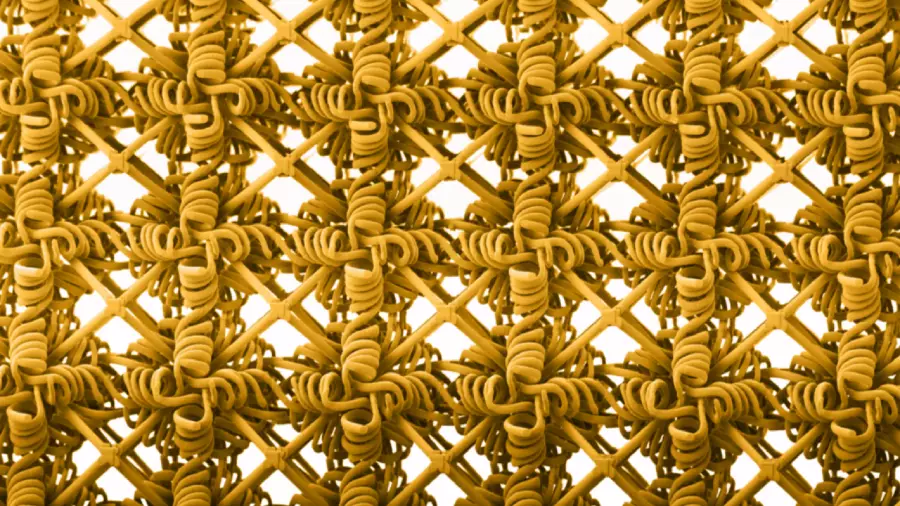The landscape of computing technology is poised for a seismic shift, heralded by an extraordinary innovation: stretchable metamaterials developed by a team at MIT. Traditionally, flexibility in this realm has primarily revolved around software compatibility or simplistic physical attributes like bendable screens. However, the pursuit of a material—capable of extending more than three times its initial length—offers a fundamental reimagination of what we consider possible. These metamaterials, characterized by their complex microscopic structures, do not just stretch; they embody a combination of strength, durability, and versatility that could revolutionize various sectors.
The Mechanics Behind the Innovation
At the core of this groundbreaking research lies a unique design that fuses rigid scaffolding with intricate patterns of coils. The innovative combination effectively transforms conventional notions of material science. The scaffold, crafted from acrylic plastic, supports a complex network of coiled structures that interweave around it, creating a synergistic relationship between the different components. MIT’s Professor Carlos Portela explains this compound structure metaphorically as “a mess of spaghetti tangled around a lattice.” This vivid comparison not only illustrates the intricate design but also emphasizes how the interconnection enhances the material’s flexibility and resistance to force.
Using advanced techniques like two-photon lithography, researchers can create these metamaterials with high precision, enabling them to manipulate the very foundations of their behavior. The key to their remarkable performance lies in the way these components interact: when under tension, the “spaghetti” of coiled fibers works in tandem with the rigid lattice, increasing friction and energy dissipation. This clever interplay translates into the metamaterial’s extraordinary capacity to endure stress while retaining its integrity.
Leading the Charge Toward Multifunctionality
The implications of this new metamaterial span an impressive range of potential applications, which may fundamentally alter how we approach various industries. The researchers envision a wide variety of base substances—be it ceramics, glass, or metals—being used to fabricate these stretchy materials. One particularly exciting prospect is their application within medical fields, specifically in creating durable scaffolds conducive to tissue repair. The ability to grow cells on a flexible and resilient platform could pave the way for groundbreaking advancements in regenerative medicine.
Moreover, as technology advances and devices become smaller and more complex, the need for pliable yet robust components grows increasingly critical. Imagine a world where laptops and tablets can withstand greater physical stresses thanks to inherently flexible motherboards and dynamic chip layouts. By embedding elasticity into semiconductor components, devices may not only become more durable but intrinsically reliable, overcoming the aging issues caused by repeated heating and bending cycles.
Revolutionizing Digital Devices
The transformative nature of this metamaterial goes beyond short-lived gimmicks associated with flexible screens. This innovation could signal the dawn of a new era in digital device design, where fragility is replaced by resilience. Currently, many electronic devices suffer from deterioration due to physical impacts, but with the integration of flexible electrical traces and robust composite materials, we may approach nearly indestructible gadgetry.
The prospect of incorporating these stretchable materials into existing designs opens numerous pathways. From tear-resistant textiles to adaptable casings for delicate electronics, the opportunities abound. As we consider the integration of this technology into everyday items, it conveys a deeper message about the collective potential of scientific progress. It bridges material science with practical demands, emphasizing that this is merely the tip of the iceberg.
While the immediate impact of such materials is astonishing, we are merely scratching the surface of their potential applications. The future of technology is leaning towards greater flexibility—not just in terms of devices but also in the materials we use to build them. As applications in various fields emerge, the importance of interdisciplinary collaboration in advancing these technologies cannot be overstated. This endeavor signifies a leap forward, where the interplay of materials science, engineering, and computation may reshape our interaction with technology itself, all while fostering a culture of innovation that holds the promise of a brighter, more resilient future.


Leave a Reply